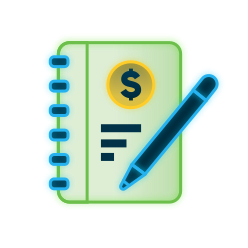Course Description
In the eleventh and final lesson of our "Accounting 101" series, "Statement of Cash Flows," you will learn to navigate the third key financial statement, which often confounds even trained accountants. This statement reconciles the income statement and balance sheet by illustrating how cash moves from the prior period’s ending balance to the current period’s balance. It accounts for cash received and spent in operations, as well as other cash flows from investing, financing, and long-term asset activities. By the end of the course, you will be equipped to analyze any company's statement of cash flows with confidence.
By the end of this course, you will able to answer questions such as:
• Why are investors interested in seeing a company’s operating cash flow?
• How do aggressive accounting policies affect the quality of earnings?
• How can a statement of cash flows provide insight into the integrity of company management?
Statement of Cash Flows Overview

The Three Sections of the Statement of Cash Flows

Cash Flow from Operating Activities Overview

Quality of Earnings

Adjusting for Non-Cash Transactions

Adjusting for the Change in Operating Assets and Liabilities

Calculating the Change in Operating Assets and Liabilities

Extracting Actual Cash Flow from Operations

Relationship of Asset and Liability Movements with Cash Flow

Cash Flow from Operating Activities Calculation

Cash Flow from Investing Activites Overview and Calculation

Cash Flow from Financing Activites Overview and Calculation

Total Change in Cash Flow Calculation

Course Review

Course Quiz




